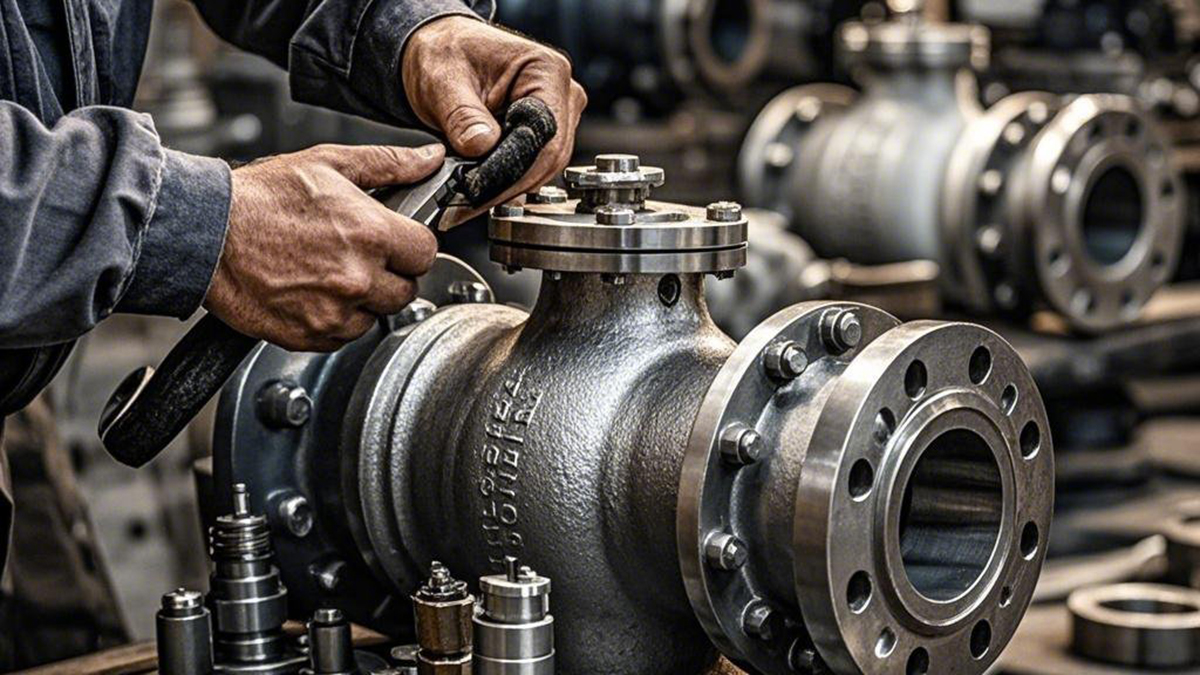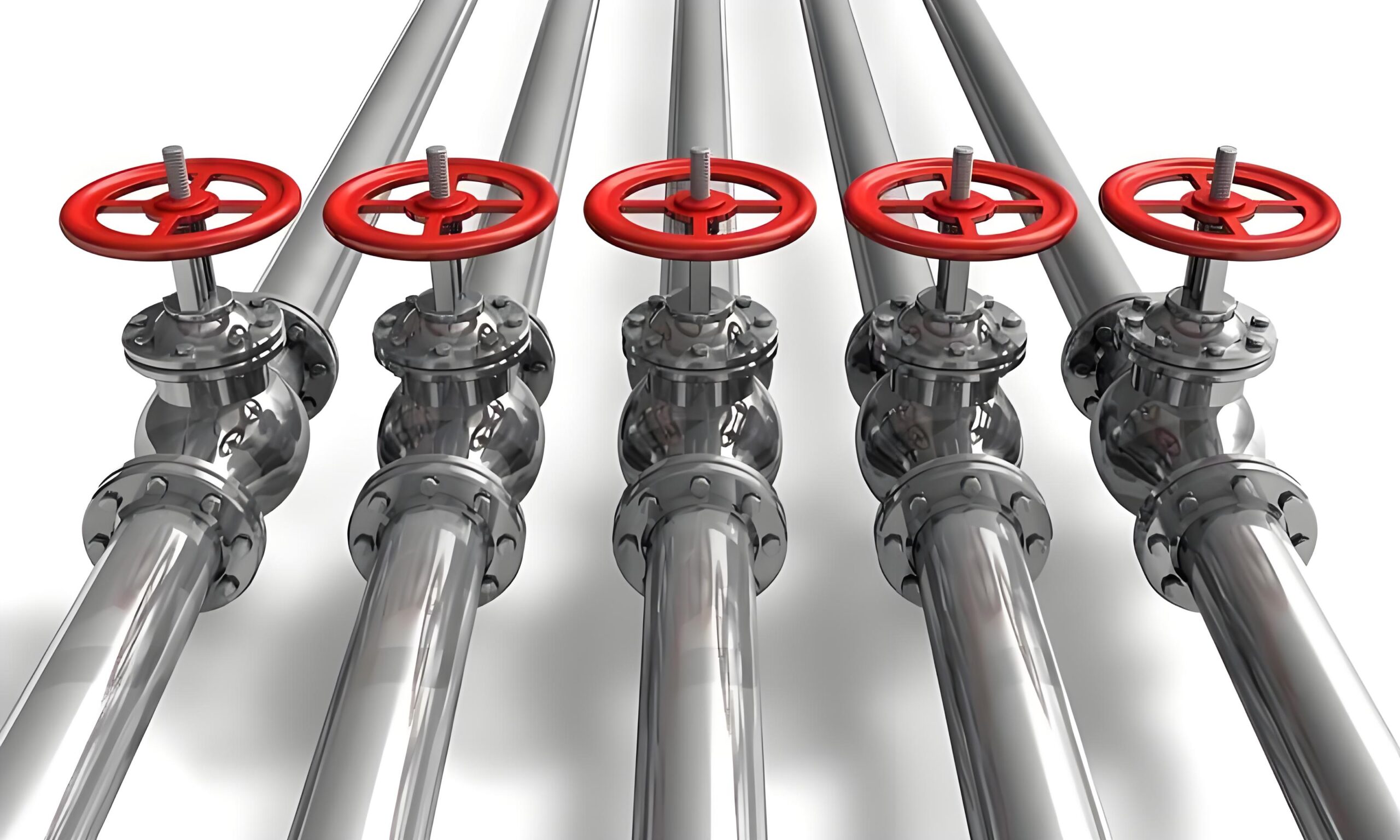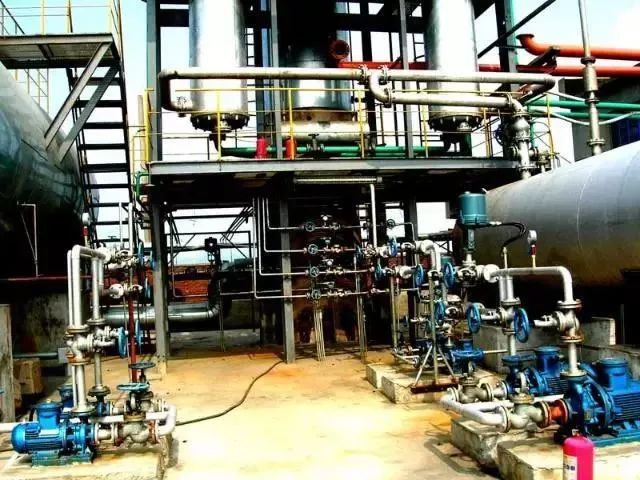Valve application range is becoming more and more extensive, for in different environments should use the corresponding valve. And the whole valve in the connection between the pipeline or equipment are different. Whether it is the installation or use and maintenance are required to pay attention to the valve connection is not appropriate, it is easy to occur the valve running, bubbling, dripping, leaking and other phenomena. Therefore, the valve user should be treated according to the specific circumstances.
Valve connection in the form of a variety of general common valve connection: flange connection, clamping connection, butt welding connection, threaded connection, ferrule connection, clamp connection, self-sealing connection and other forms of connection. This article will focus on the most common flange connection, butt welding connection and threaded connection in the installation process is prone to problems explained, I hope to help you.
Threaded Valve
A simple connection method, commonly used in small valves. This connection is usually the valve in and out of the end of the processing into a cone pipe or straight pipe thread, can be made to connect to the cone pipe threaded fittings or pipeline. Because of the large leakage grooves that can occur with this type of connection, these can be plugged with a sealant, sealing tape, or packing. If the material of the valve body is weldable, but the coefficient of expansion varies greatly, or the range of operating temperature variations is large, the threaded connection must be honey-sealed welded. Valves with threaded connections are mainly valves with a nominal throughput of 50 mm or less. If the size of the through diameter is too large, the installation and sealing of the connection part is very difficult. In order to facilitate the installation and dismantling of threaded valves, pipe fittings are available at appropriate locations in the piping system. Valves with a nominal diameter of 50mm or less can be used as pipe couplings, where the threads of the pipe coupling connect the two parts of the connection together.
Flanged Valves
Valves in the most used form of connection. Its installation and disassembly are relatively convenient. However, it is more bulky than the threaded valve, and the corresponding price is also high. Therefore, it is suitable for a variety of diameter and pressure of the pipeline connection. However, when the temperature exceeds 350 degrees, due to the bolts, gaskets and flanges become slack, but also significantly reduce the load of the bolts, the flange connection of the force may produce leakage.
Welded Valves
This connection is suitable for various pressures and temperatures, and is more reliable than the flange connection when used under more load conditions. However, the welded connection of the valve disassembly and reinstallation are more difficult, so it is limited to the use of usually long-term reliable operation, or the use of the conditions of the load moment, higher temperature occasions. Such as thermal power stations, nuclear energy projects, ethylene projects on the pipeline. Welded valves with a nominal diameter of 50mm or less usually have a welded socket to take up the pipe at the end of the load plane. Due to socket welding in the socket and the formation of the gap between the pipeline, so there is a possibility that the gap is subject to corrosion of certain media, while the vibration of the pipeline will make the connection parts fatigue, so the use of socket welding is subject to certain restrictions. In the nominal diameter is larger, the use of the conditions of load carving, higher temperature occasions, the valve body is often used to bevel the weld, at the same time, the weld has the original requirements, must be selected to complete the work of skilled welders.
Valve connection method description and classification



